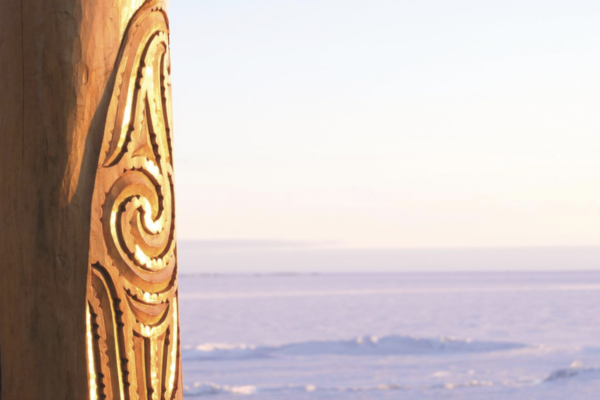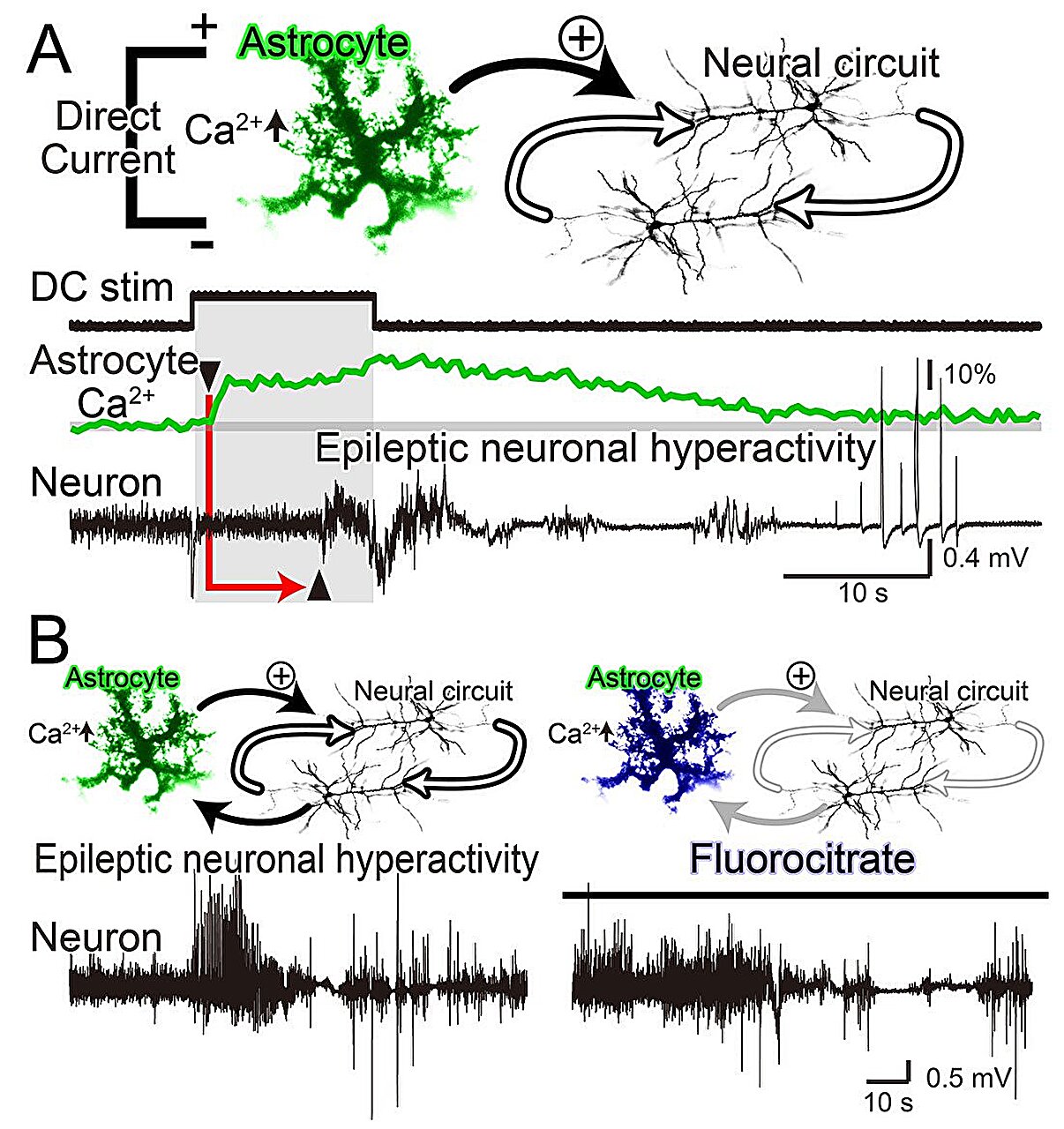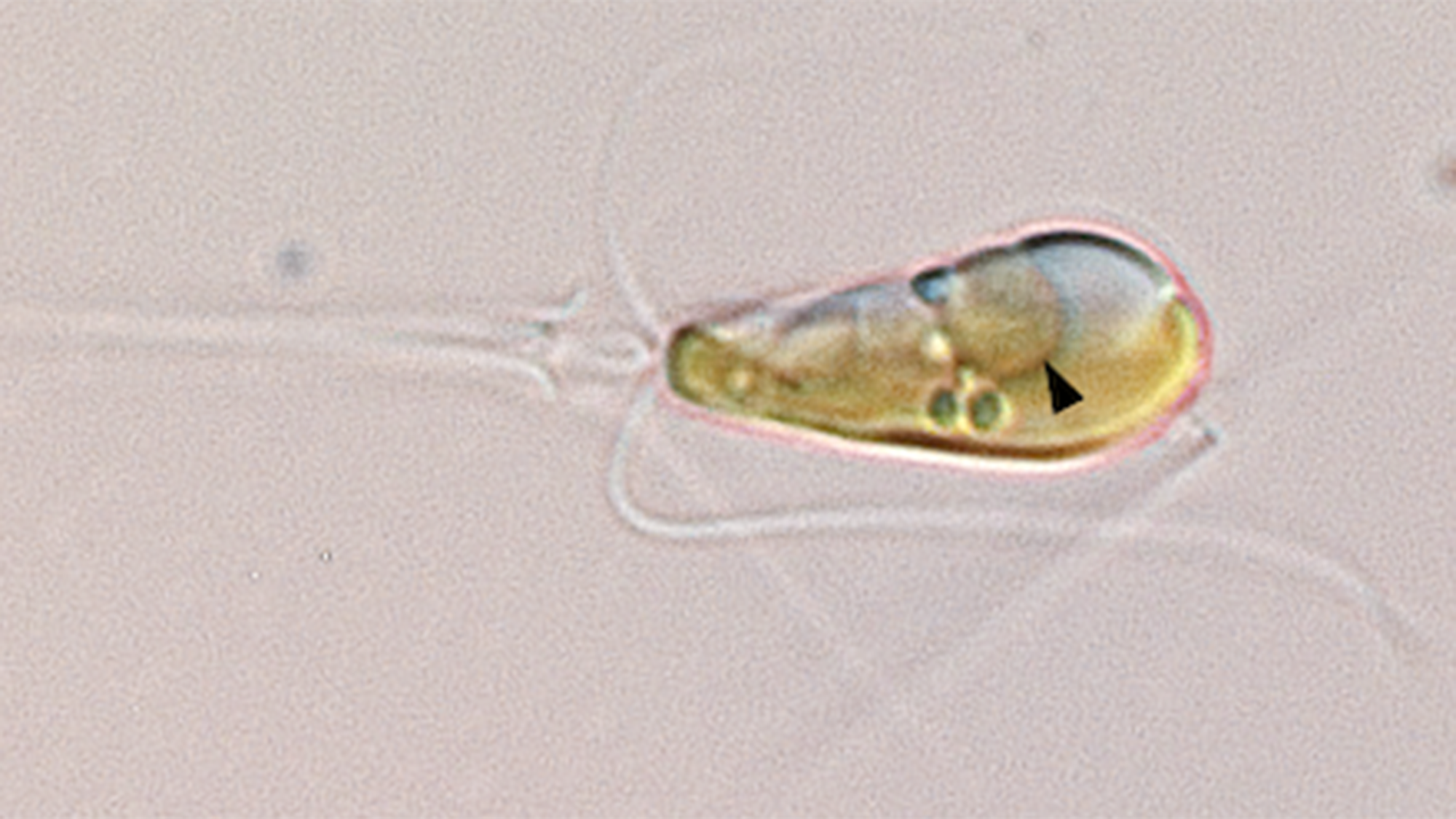
Evidence for European presence in the Americas in ad 1021
Transatlantic exploration took place centuries before the crossing of Columbus. Physical evidence for early European presence in the Americas can be found in Newfoundland, Canada1,2. However, it has thus far not been possible to determine when this activity took place3,4,5. Here we provide evidence that the Vikings were present in Newfoundland in ad 1021. We overcome the imprecision of previous age estimates by making use of the cosmic-ray-induced upsurge in atmospheric radiocarbon concentrations in ad 993 (ref. 6). Our new date lays down a marker for European cognisance of the Americas, and represents the first known point at which humans encircled the globe. It also provides a definitive tie point for future research into the initial consequences of transatlantic activity, such as the transference of knowledge, and the potential exchange of genetic information, biota and pathologies7,8.
The Vikings (or Norse) were the first Europeans to cross the Atlantic9. However, the only confirmed Norse site in the Americas is L’Anse aux Meadows, Newfoundland9,10,11,12 (Extended Data Figs. 1 and 2). Extensive field campaigns have been conducted at this UNESCO (United Nations Educational, Scientific, and Cultural Organization) World Heritage Site, and much knowledge has been gained about the settlement and its contemporary environment2,13,14,15 (Supplementary Note 1). Evidence has also revealed that L’Anse aux Meadows was a base camp from which other locations, including regions further south, were explored15.



















